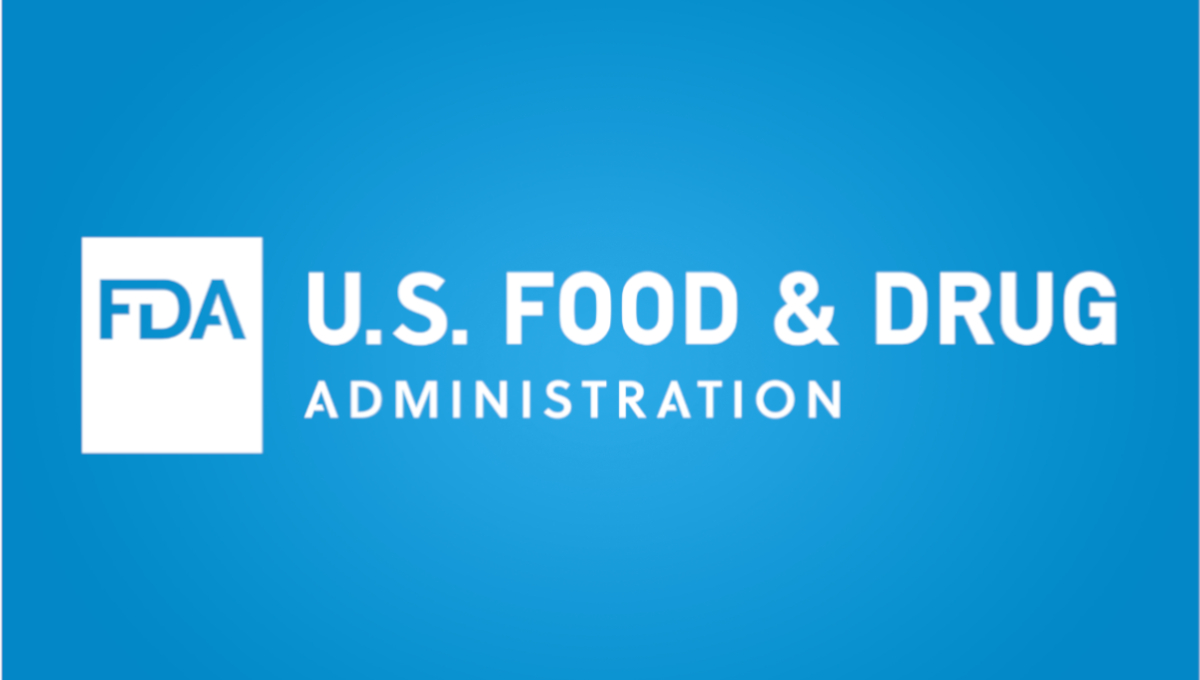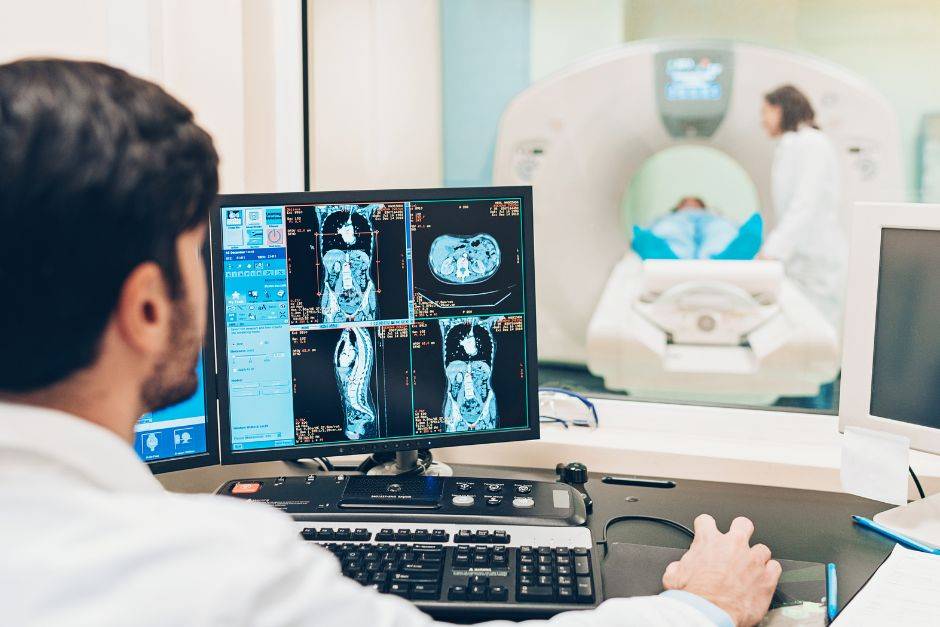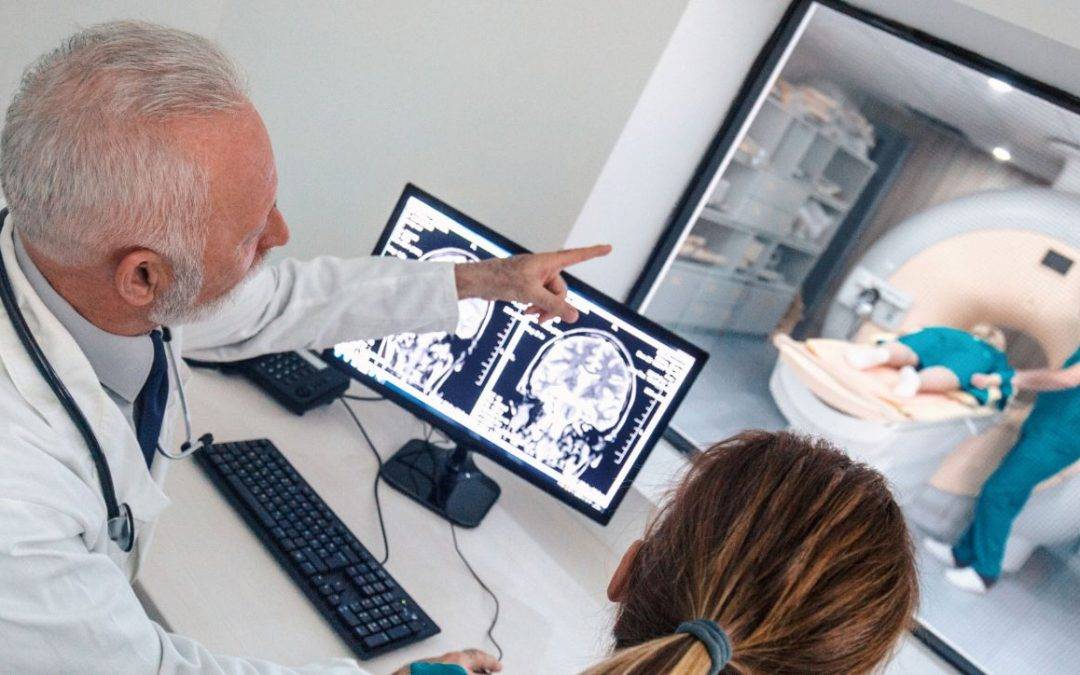The article provides an overview of the regulatory requirements related to safety in the magnetic resonance environment and highlights the key points to be taken into consideration by medical device manufacturers and other parties involved.

Table of content
The Food and Drug Administration (FDA or the Agency), the US regulating authority in the sphere of healthcare products, has published a new revision of a guidance document dedicated to testing and labelling medical devices for safety in the magnetic resonance (MR) environment.
The document provides a general overview of the regulatory requirements set forth under the existing legal framework and also provides additional clarifications and recommendations to be followed by the parties involved to ensure compliance thereto.
At the same time, it is important to mention that provisions of the guidance are non-binding in their legal nature, nor are they intended to introduce new rules or impose new obligations.
Moreover, the authority explicitly states that an alternative approach could be applied, provided such an approach is in line with the respective regulations and has been agreed with the authority in advance.
Regulatory Background
The present guidance issued by the FDA provides recommendations regarding the assessment of medical devices’ safety and compatibility within the MR environment.
Additionally, it provides a suggested format for Magnetic Resonance Imaging (MRI) Safety Information to be included in medical device labelling.
This guidance replaces a previous one, dated December 11, 2014.
The document uses specific terms to refer to the FDA and medical device manufacturers.
As it was mentioned before, the FDA guidance documents are not legally binding but serve to outline the Agency’s current position on the subject. They act as recommendations unless stated otherwise.
The guidance applies to all medical devices anticipated to be used or found in the MR environment.
This encompasses implanted devices, devices attached to or used by patients (such as insulin pumps or pulse oximeters), devices anticipated to be in the MR environment during clinical procedures, and devices specifically designed for the MR environment.
The guidance aligns with the ASTM F2503 Standard Practice concerning the marking of medical devices to ensure safety in the MR environment. However, it is also important to mention that this document does not cover MR systems or their associated components, such as accessory spacing pads and coils.
It provides advice on MRI safety evaluations, compatibility assessments, and the labelling details that should be part of premarket submissions.

Terms and Definitions
To ensure the proper interoperation of the respective regulatory provisions, the document provides definitions of the key terms and concepts used in the context of the matter. For instance:
- Active Medical Device: Devices that rely on electrical or other external power sources, excluding those generated by human bodies or gravity.
- Active Implantable Medical Device (AIMD): These are active medical devices meant to be introduced (either surgically or medically) into the human body. They are designed to remain in the body post-procedure.
- Controlled Access Area: This area surrounds the MR system. Its access is controlled to prevent any harm from the static magnetic field.
- Magnetic Resonance (MR) Environment: This refers to the volume around the MR magnet encompassing both the Special Environment (shielded volume) and the B0 Hazard Area (the area around MR equipment posing potential risks).
It defines the area where a medical device could be hazardous due to exposure to electromagnetic fields generated by MR equipment. - Magnetic Resonance (MR) System: This encompasses the entire setup of MR equipment, accessories, display means, control mechanisms, energy supplies, and the controlled access area.
- MR Conditional: These devices have proven safety within the MR environment, given certain conditions, including those for the static magnetic field, gradient magnetic fields, and radiofrequency fields.
- MR Safe: Devices that do not pose any known hazards within any MR environment. They are made of nonconductive, nonmetallic, and nonmagnetic materials.
- MR Unsafe: Devices that pose potential risks to patients, medical personnel, or others within the MR environment.
- Passive Implant: Implants that function without requiring any external energy source, except that which is generated by the human body or gravity.
- Passive Medical Device: Devices that operate without the need for an external power source, relying solely on energy generated by the human body or gravity.
Consensus Standards and Guidelines
Apart from the above, the document also outlines the FDA-recognised voluntary consensus standards medical device manufacturers may refer to to demonstrate compliance with the respective regulatory requirements.
According to the guidance, these standards include, inter alia, the following ones:
- ISO/TS 10974 Assessment of the safety of magnetic resonance imaging for patients with an active implantable medical device.
- IEC 60601-2-33 Medical electrical equipment – Part 2-33: Particular requirements for the basic safety and essential performance of magnetic resonance equipment for medical diagnosis.
In addition to this, the authority also mentions the relevant guidance documents issued by the FDA to assist with interpreting the respective regulatory requirements.
According to the document, for matters related to MR safety, medical device manufacturers should consider, inter alia, the following guidelines:
- The Assessment of Radiofrequency-Induced Heating in the Magnetic Resonance (MR) Environment for Multi-Configuration Passive Medical Devices issued in March 2016
- Reporting of Computational Modeling Studies in Medical Device Submissions issued in September 2016
- Submission of Premarket Notifications for Magnetic Resonance Diagnostic Devices issued in November 2016.
Conclusion
In summary, the present FDA guidance is intended to provide additional explanations for understanding and ensuring the safety and compatibility of medical devices within the MR environment.
It offers clarity on terminologies, sets the scope for devices covered under this guidance, and provides recommendations on how manufacturers should approach testing and labelling their products.
Medical device manufacturers and healthcare professionals must be familiar with these guidelines to ensure patient safety and device effectiveness in the MR environment.
How Can RegDesk Help?
RegDesk is a holistic Regulatory Information Management System that provides medical device and pharma companies with regulatory intelligence for over 120 markets worldwide. It can help you prepare and publish global applications, manage standards, run change assessments, and obtain real-time alerts on regulatory changes through a centralized platform. Our clients also have access to our network of over 4000 compliance experts worldwide to obtain verification on critical questions. Global expansion has never been this simple.

